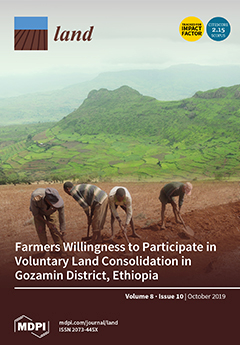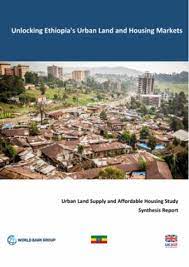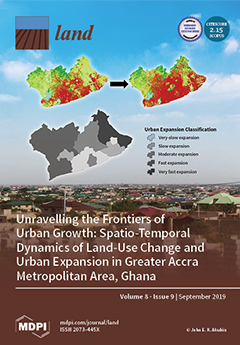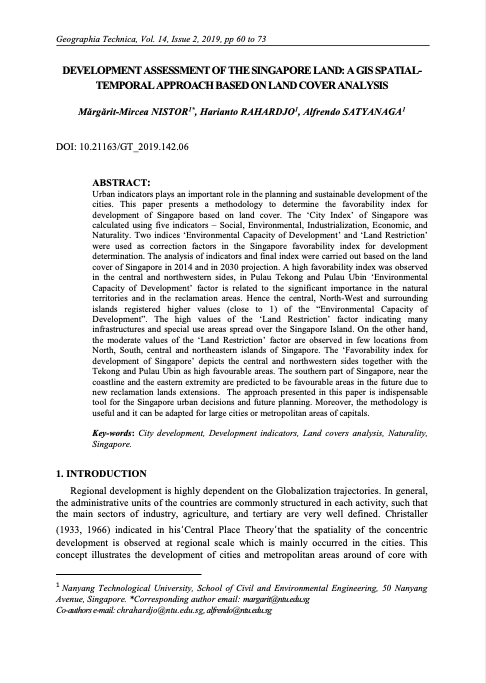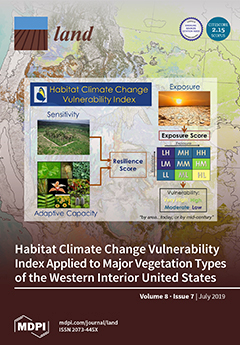2019 SDG Index and Dashboards Report for European Cities (prototype version).
This 2019 SDG Index and Dashboards Report for European Cities (prototype version) provides an overview of the performance of 45 capital cities and large metropolitan areas on the Agenda 2030 and 17 Sustainable Development Goals (SDGs) adopted by global leaders in September 2015 at the UN Sustainable Development Summit.


